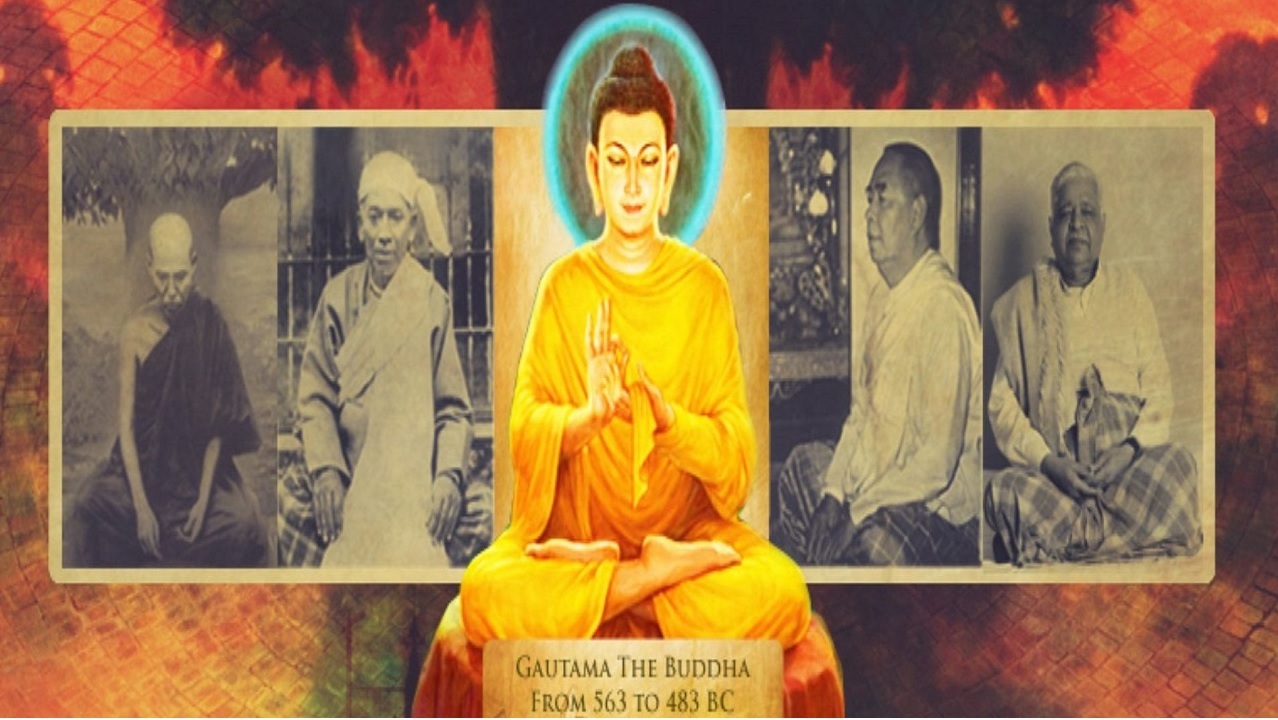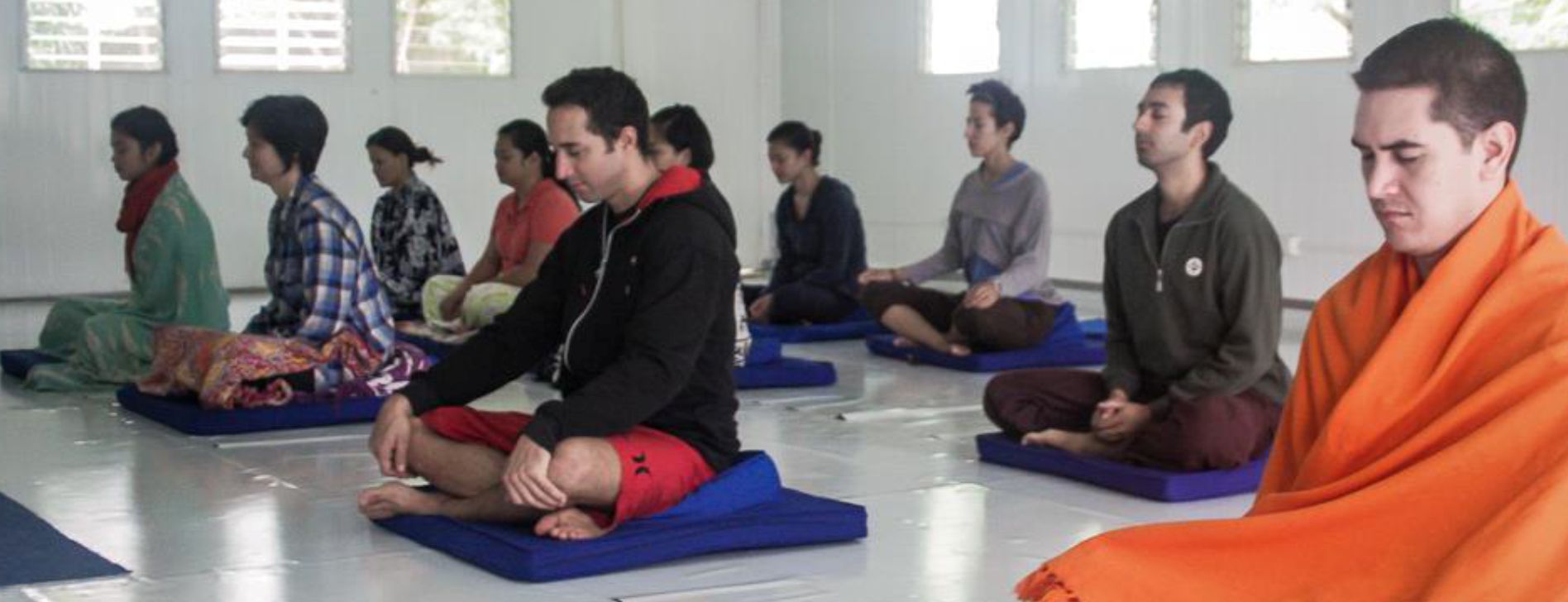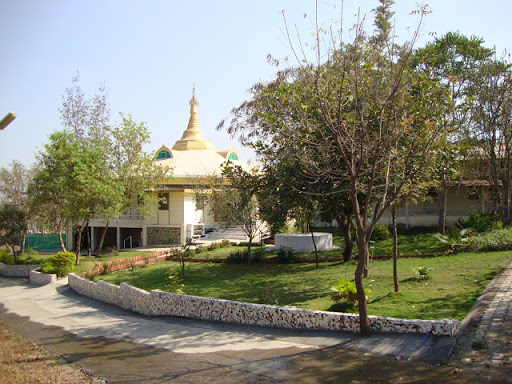About Vipassana
The technique of Vipassana is a simple, practical way to achieve real peace of mind and to lead a happy, useful life.From time to time, we all experience agitation, frustration and disharmony. When we suffer, we do not keep our misery limited to ourselves; instead, we keep distributing it to others. Certainly this is not a proper way to live.We all want to live at peace within ourselves, and with those around us. After all, human beings are social beings: we have to live and interact with others.How, then, can we live peacefully? How can we remain harmonious ourselves, and maintain peace and harmony around us? Vipassana enables usTo experience peace and harmony.It purifies the mind, freeing it from suffering The deep-seated causes of suffering. The practice leads step-by-step to the highest spiritual goal of full liberation from all mental defilements.













